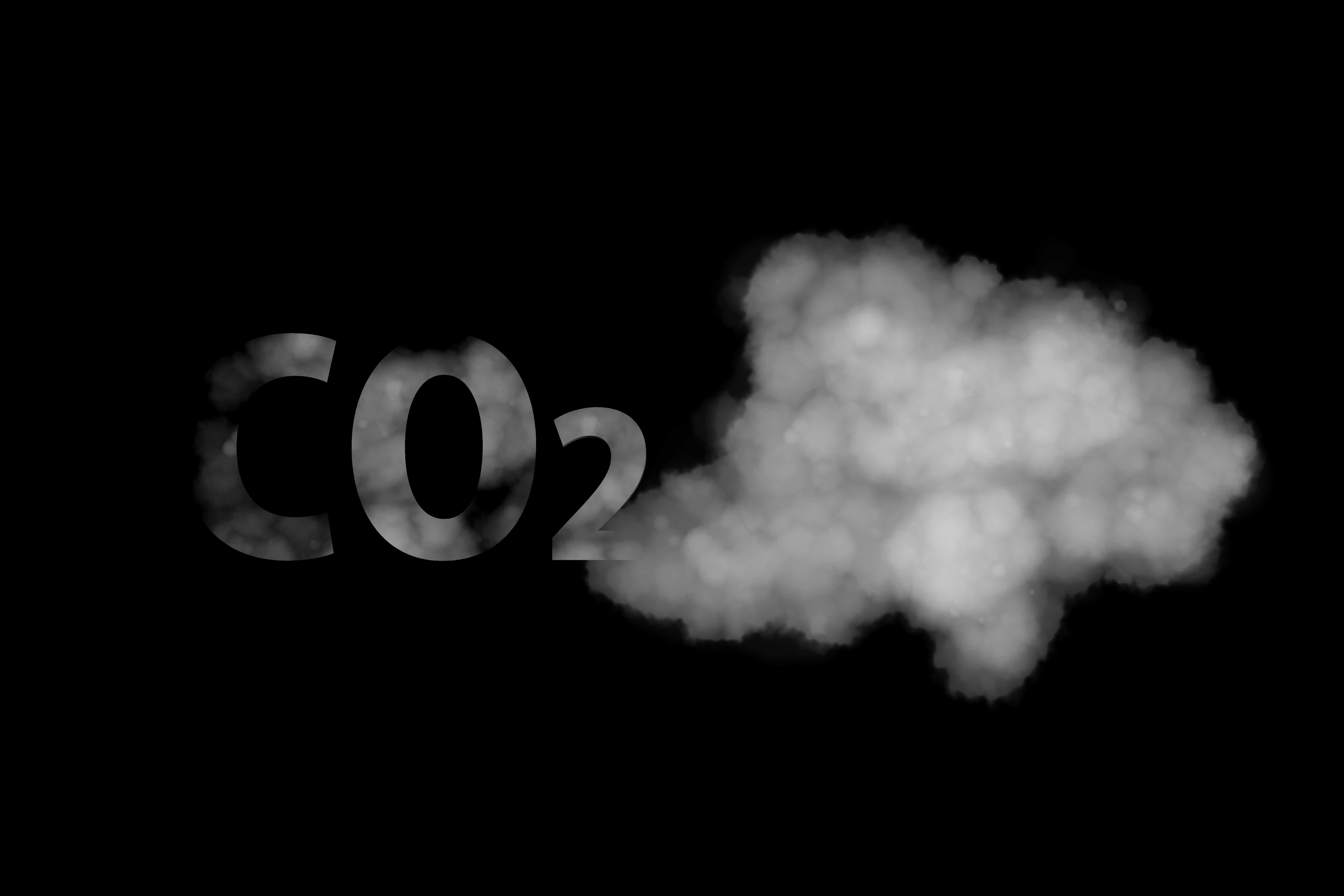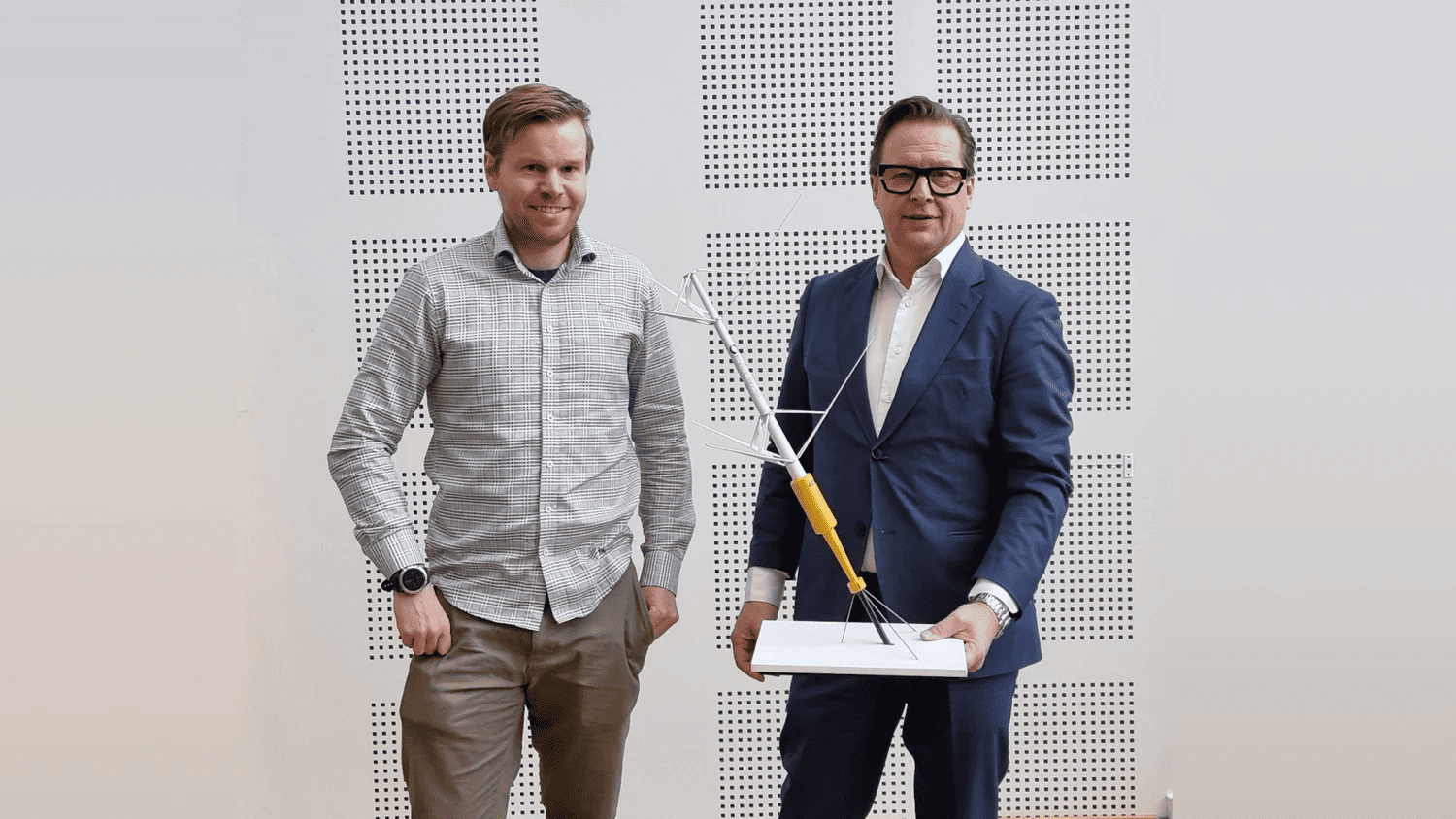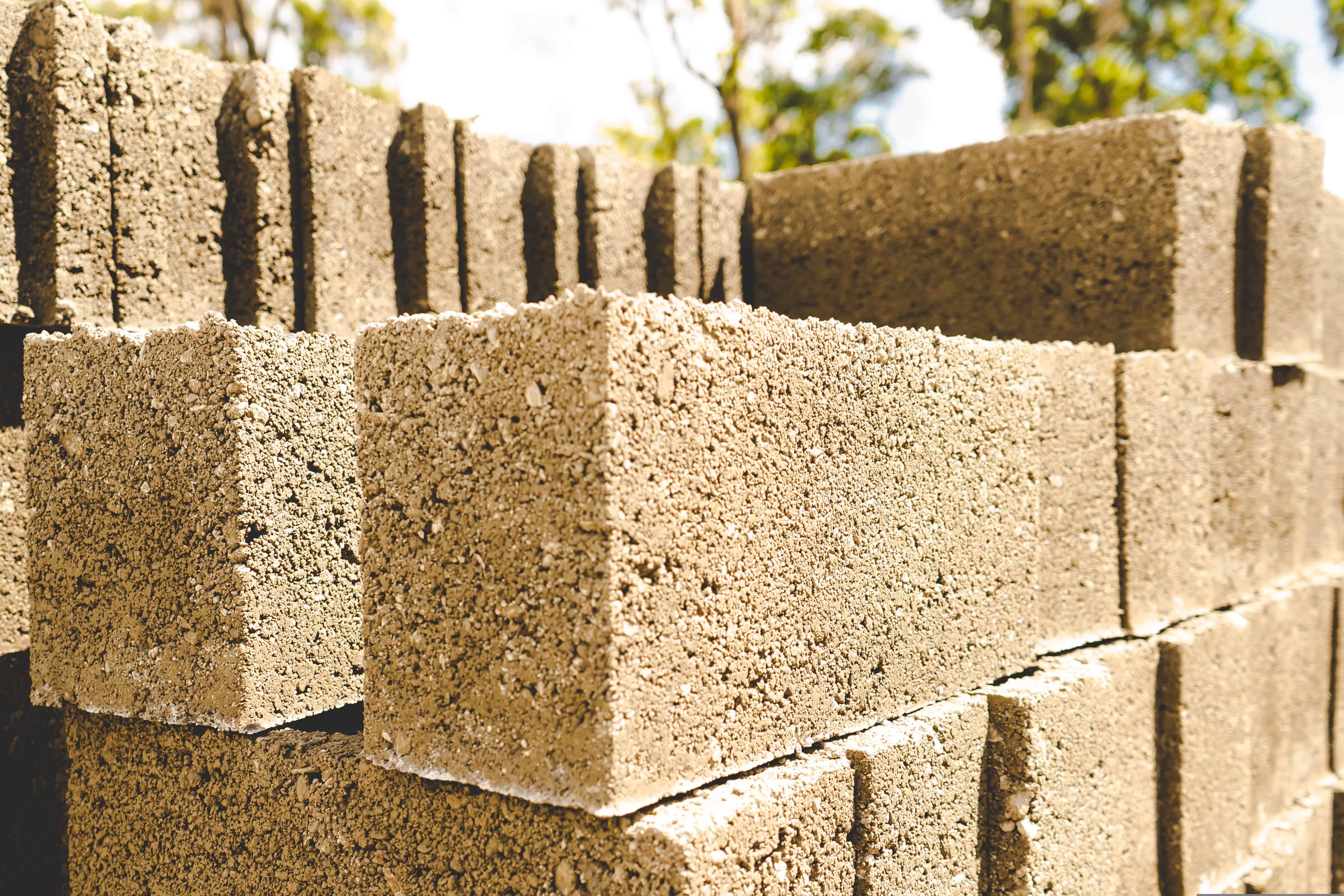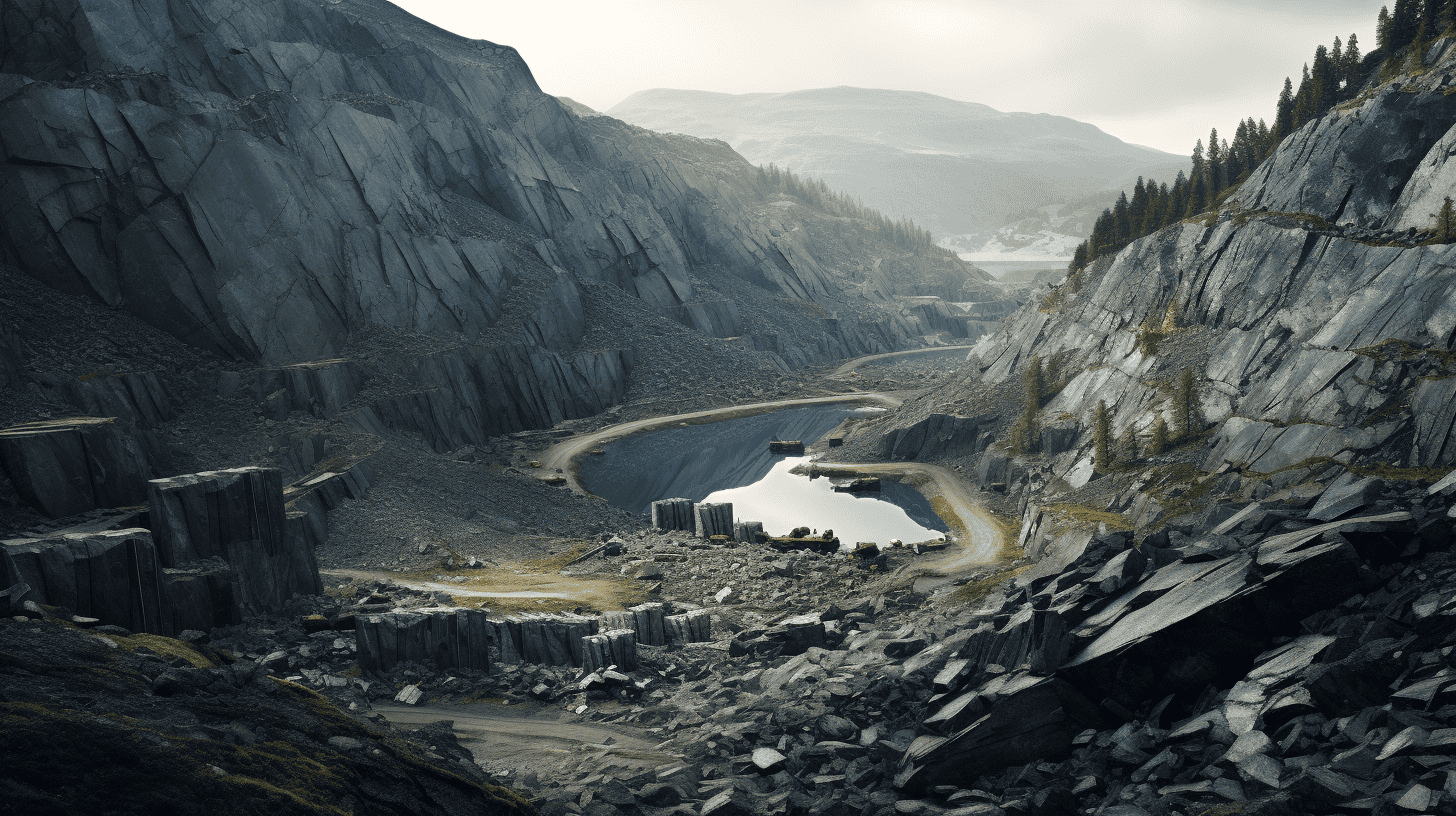
Norwegian researchers are testing a new method for carbon capture and storage using seaweed. The Seaweed Carbon Solutions JIP project, led by SINTEF, aims to convert seaweed into biocoal as a means of reducing CO2 emissions. The offshore cultivation facility, located in the open ocean, is expected to produce 600 tonnes of seaweed and yield 25 tonnes of biocoal. The resulting biocoal can improve soil quality and store CO2. Scaling up this approach to an industrial facility by 2030 is considered realistic. The economic viability of seaweed cultivation and biocoal production depends on the authorities’ valuation of climate change mitigation benefits and potential biocoal revenue.
- Seaweed does not require fresh water and has high growth rates.
- This makes seaweed a good carbon capture solutions.
- The seaweed can be processed into biocoial which is used to improve soil.
Unlocking the potential of macroalgae
Seaweed, a form of macroalgae, can absorb CO2 from the atmosphere, making it a promising addition to planting trees for carbon capture. Compared to land-based plants, seaweed does not require land or freshwater inputs, has higher growth rates, and can be farmed in the open ocean, offering extensive potential for cultivation. The process of making biocoal from seaweed will start on land with the cultivation of macroalgae seedlings on ropes. These ropes serve as a support structure for the macroalgae to grow, allowing them to access sunlight and nutrients more efficiently.
In the Seaweed Carbon Solutions JIP project, macroalgae seedlings are cultivated on ropes in labs both in Trondheim, Norway, and in the Netherlands. This allows for comparisons between different approaches to seaweed cultivation.

From seedlings to carbon capture: The offshore cultivation facility
Once the macroalgae seedlings have reached a certain growth stage, they are installed on ropes at the offshore cultivation facility. Located in the open ocean, the facility provides optimal conditions for seaweed growth, with longer access to nutrient-rich water, stable water temperatures, and constant salinity. The seaweed will grow and absorb CO2 from the surrounding environment. By the following summer, the seaweed will be ready for harvesting.
After the seaweed has been harvested, it is dried and undergoes a process called pyrolysis. Pyrolysis involves heating the seaweed to about 600 degrees Celsius in an oxygen-free atmosphere, modifying its molecular structure and stabilizing the carbon. The resulting biocoal is resistant to degradation by fungi and microorganisms. This biocoal can then be used to improve soil, boosting its porosity, water retention capacity, and the growth of microorganisms.
Facing the challenges of scaling up seaweed cultivation
While the Seaweed Carbon Solutions JIP project shows great potential for carbon capture and storage, there are challenges to be addressed. The economic viability of seaweed cultivation and biocoal production depends on how the authorities value the climate change mitigation benefits and the potential revenue from the biocoal. Furthermore, thorough assessments of seaweed cultivation facility placement are necessary to avoid conflicts in terms of competition for space.
If successful, large-scale seaweed cultivation could lead to full-scale production by 2030, capturing significant amounts of CO2 and providing a valuable product in the form of biocoal. With Norway’s extensive coastline, favorable natural growing conditions, and access to clean energy, seaweed cultivation could develop into a significant industry. Through careful planning and collaboration, researchers aim to make a substantial contribution to climate change mitigation and create a sustainable solution for carbon capture and storage.







